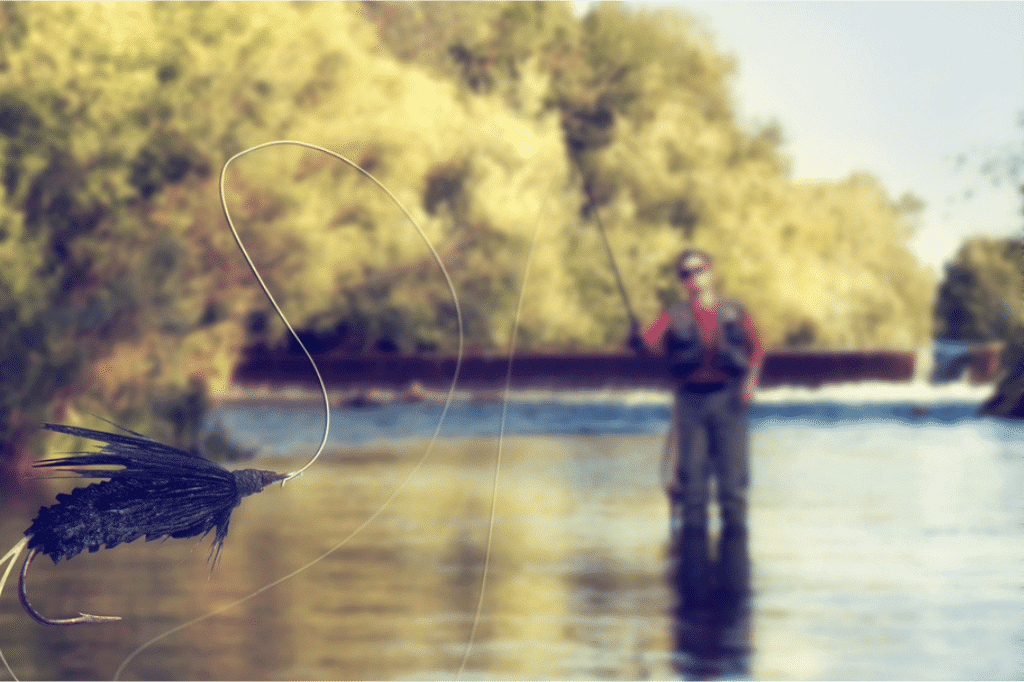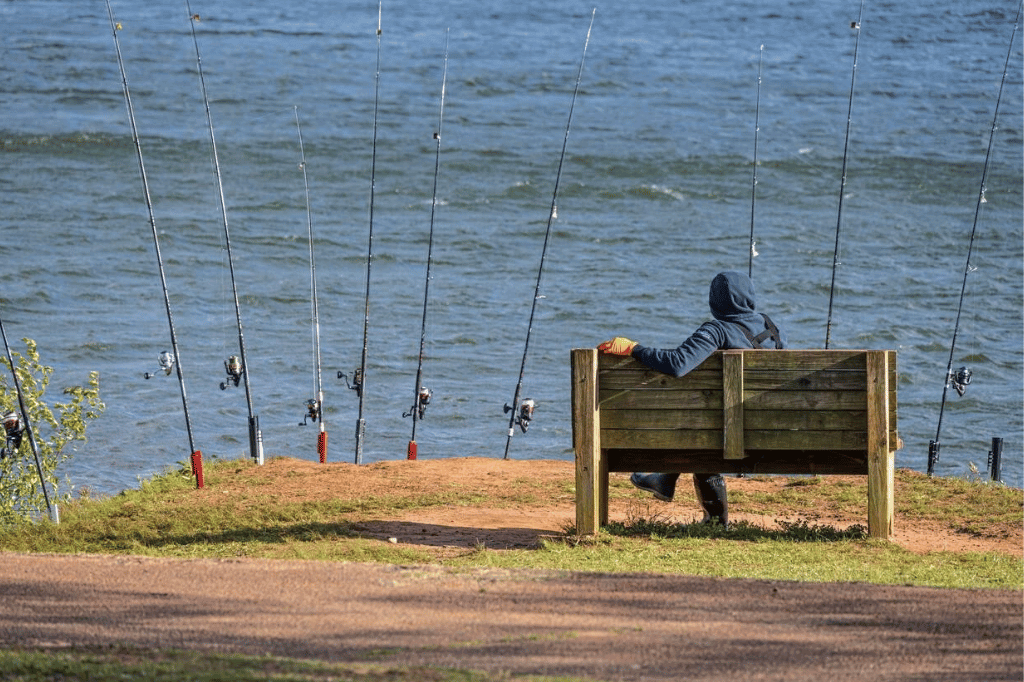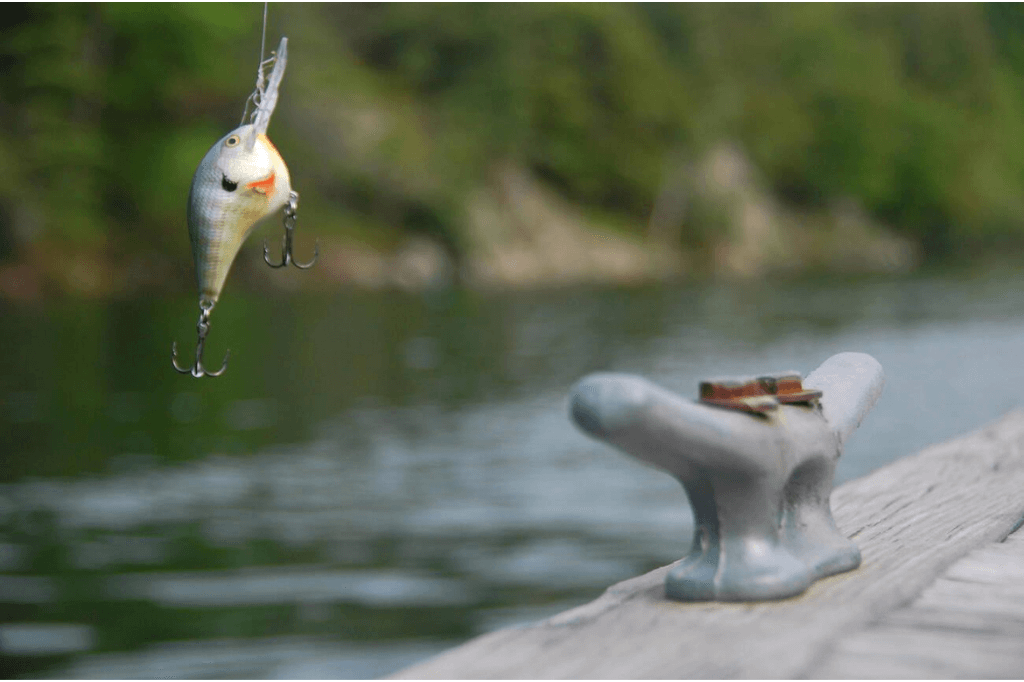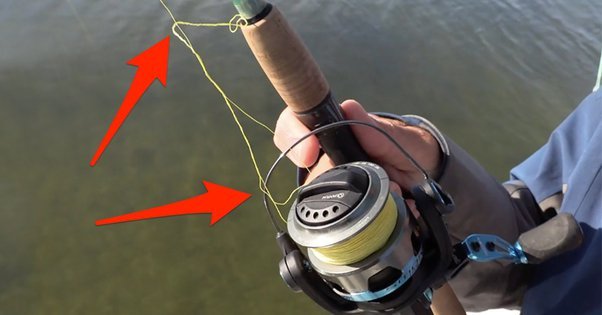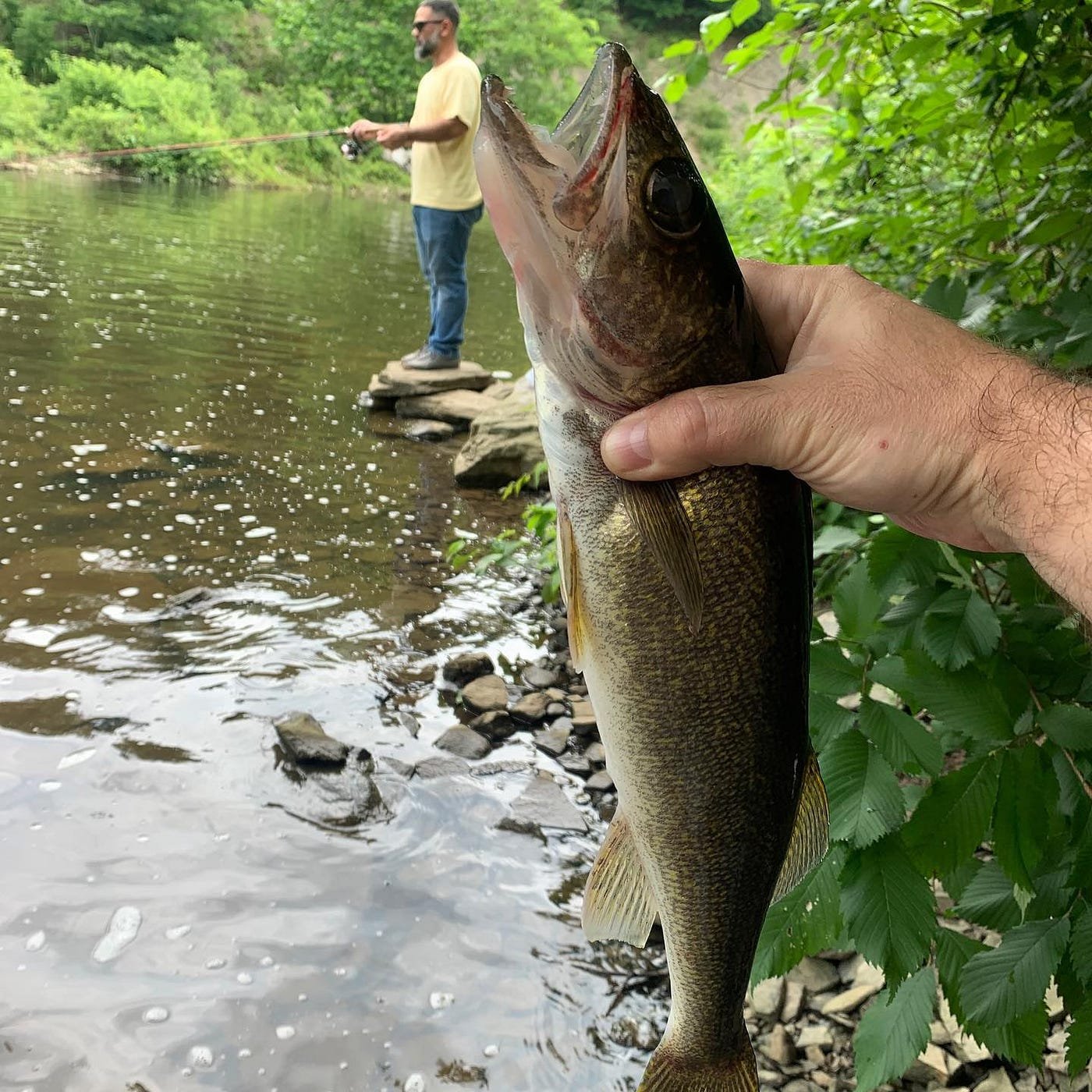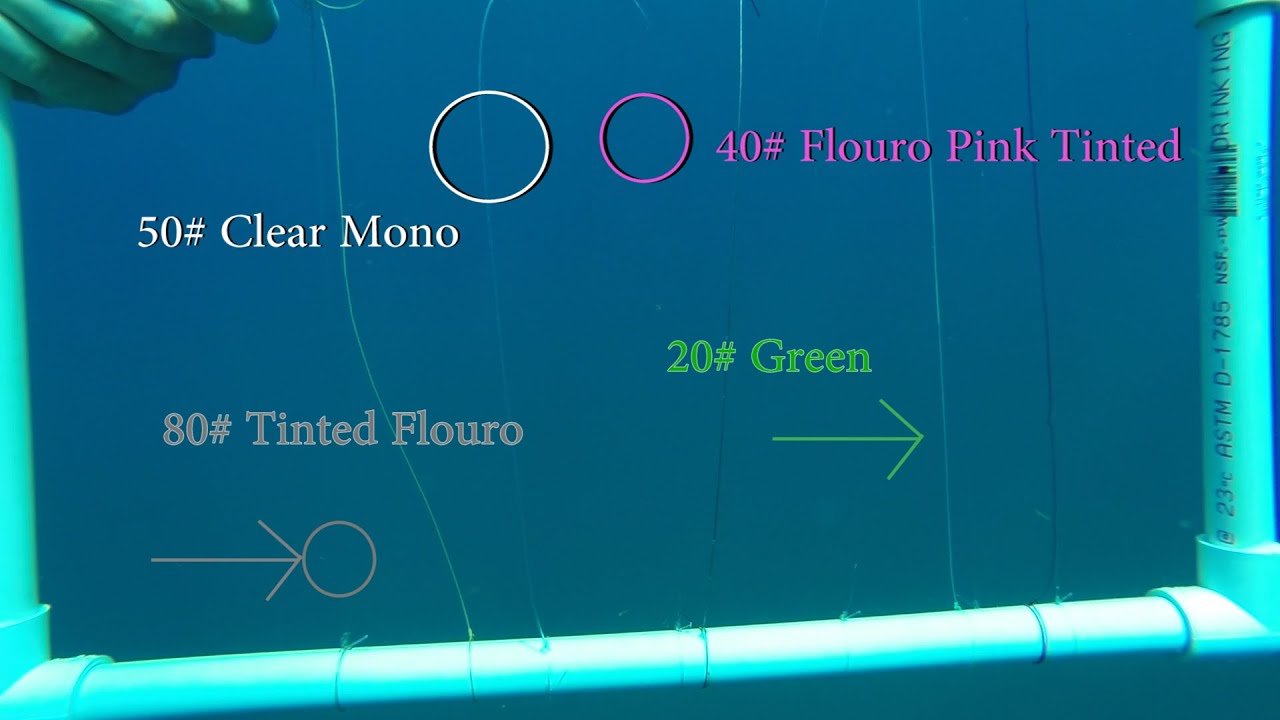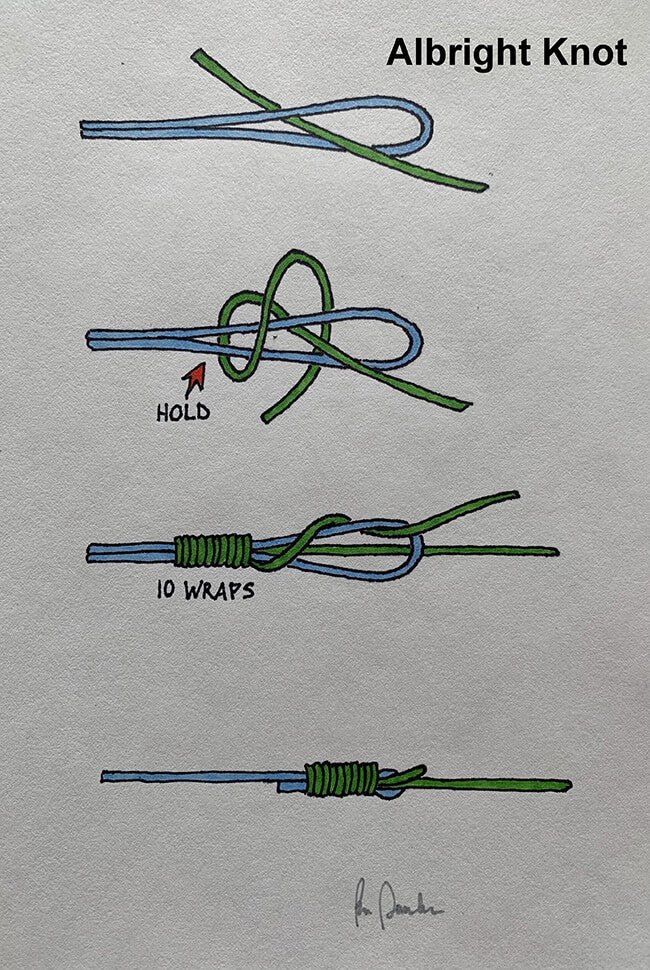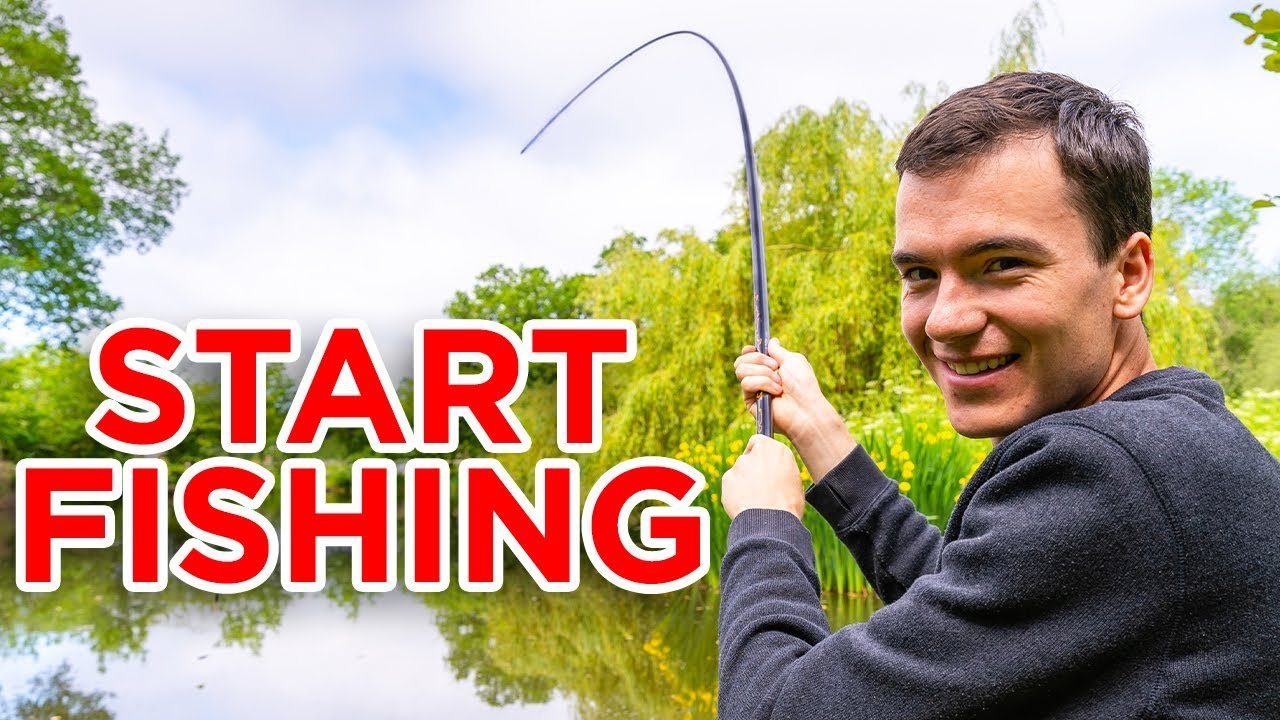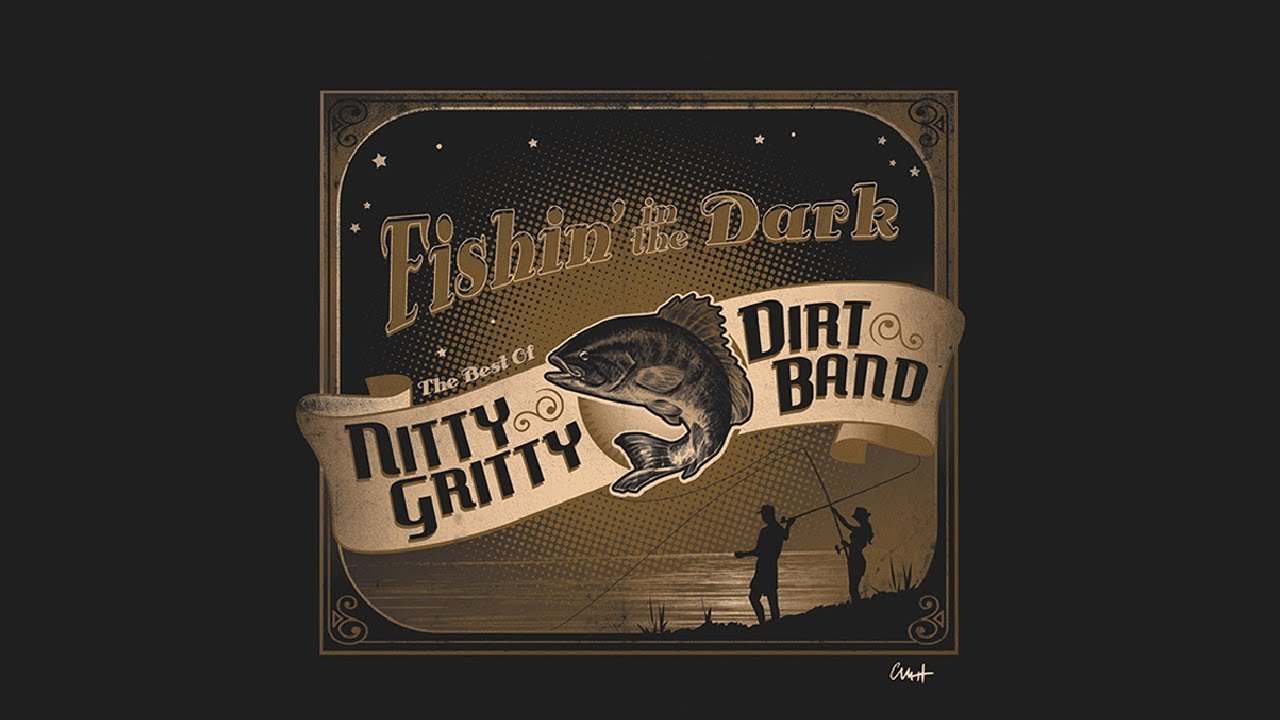Fishing nets are essential equipment for anglers and commercial fishing operations, comprising various types designed to suit different environments and target species. Cast nets, gillnets, seine nets, and trawl nets are among the most common forms, each with a specific structure and purpose.
They are spread out in the water to trap fish by their gills, body, or by encircling them. Sustainability concerns have risen with certain types of nets, prompting the development of more eco-friendly fishing practices. Proper use and maintenance of fishing nets can increase their efficiency and reduce environmental impact, preserving aquatic life for future generations. Techniques and regulations governing net use vary globally, aimed at balancing harvest with conservation.
Types Of Fishing Nets
Gillnets
Gillnets capture fish by their gills. They are vertical panels of netting. Here is how they function:
- Fish swim into nets and get stuck by their gills.
- Sizes vary to target different species.
- They can be set or drifting, affecting environmental impact.
Seine Nets
Seine nets encircle fish and trap them. They are great for catching fish in groups. Seine nets include:
- Purse Seine:
- Uses a drawstring to trap fish.
- Beach Seine:
- Operates from the shore, pulling fish out.
Cast Nets
Cast nets are thrown manually over fish. They spread out and sink quickly. Cast nets work by:
- Being circular with weights on the edges.
- Good for surface or near-surface fish.
- Require skill to use effectively.
Trawls
Trawls are large nets towed by boats. They have different types:
- Bottom trawls: drag along the sea floor.
- Midwater trawls: target fish swimming above the bottom.
Drift Nets
Drift nets float freely at sea. They catch fish that swim into them. Important points include:
- They can be very long and deep.
- Illegal in some areas due to environmental concerns.
- Effective for large scale fishing.
Advantages Of Fishing Nets
The art of fishing is as old as time itself. Among the tools available, fishing nets stand out. They offer unique benefits that help ensure a bountiful catch. In this section, we dive into the key reasons these nets are invaluable to fishermen around the globe. Let’s get a closer look.
Efficiency
- Decrease in Effort: With a fishing net, you can cover a larger area at once. This reduces the effort needed to catch more fish.
- Faster Catch: Nets enable multiple catches at the same time. This makes the fishing process quicker.
- Targeted Fishing: Different net types allow for species-specific fishing. This increases the efficiency of the catch.
Versatility
Fishing nets come in various shapes and sizes. They suit different fishing environments and techniques.
- Cast nets for shallow waters
- Trammel nets for rugged seabeds
- Gillnets suited for a variety of fish species
This variety allows fishermen to adapt to any situation with ease.
Cost-effectiveness
| Cost Factor | Traditional Rod | Fishing Net |
|---|---|---|
| Initial Investment | Higher per individual | Lower for group catch |
| Long-term Expenses | More due to tackle loss | Lesser, durable design |
| Return on Investment | Variable on skill | Consistently higher |
Fishing nets offer a cost-effective solution. They result in higher catch rates and lower long-term costs.
Environmental Concerns
Concerns about our environment have taken center stage in the world of fishing. The nets we cast into the oceans not only catch fish but also affect marine life and ecosystems in profound ways. Understanding these impacts is crucial for responsible fishing practices.
Bycatch
Bycatch refers to the unintended capture of non-target species such as dolphins, turtles, and seabirds. These creatures get caught in nets and often face injury or death. Fishing industries aim to reduce bycatch using specialized nets and techniques to avoid catching non-target species.
- Bird-scaring lines for seabirds
- Circle hooks to reduce turtle bycatch
- Acoustic devices to deter marine mammals
Ghost Fishing
Lost or abandoned fishing gear continues to catch marine life, a phenomenon known as ghost fishing. This silent killer traps fish and marine mammals, leading to fatalities. Efforts are underway to retrieve lost fishing gear and use materials that biodegrade over time.
| Action | Impact |
|---|---|
| Retrieval programs | Remove ghost nets from the ocean |
| Biodegradable materials | Reduce long-term impact on marine life |
Habitat Destruction
Fishing nets dragged along the ocean floor can destroy habitats such as coral reefs and seagrass beds which are essential for marine biodiversity. To prevent such damage, authorities have set up no-trawl zones and promote the use of environmentally-friendly fishing gear.
- Implementing marine protected areas
- Enforcing sustainable fishing practices
- Advocating for eco-friendly fishing equipment
Innovations In Fishing Nets
The world of fishing is seeing a wave of innovation. New technologies aim to promote sustainable fishing practices. They protect sea life and help fishermen. These improvements are crucial. They balance ocean health with the industry’s needs. Let’s dive into these advancements.
Biodegradable Nets
Biodegradable nets are a game changer. Traditional nets can harm marine life for years. They are often lost or discarded at sea. The new nets use materials that break down over time. This reduces the risk of “ghost fishing”. Ghost fishing is when lost nets continue to catch fish. These nets are eco-friendly. They have a minimal impact on the environment.
Escape Panels
Escape panels are another brilliant innovation. These panels are special openings in nets. They let unintended catches escape. Small and young fish can swim away. This helps maintain fish populations. It also improves the quality of the catch. Fishermen catch only the target species. This method is both responsible and efficient.
Selectivity Devices
Nets now come with selectivity devices. These devices allow specific types of fish to be caught. Unwanted catches can swim free. This technology includes various tools. Some are square mesh panels. Others are sorting grids. These devices sort the catch by size and species. They ensure sustainable fishing practices.
| Innovation | Benefits | Impact |
|---|---|---|
| Biodegradable Nets |
|
Positive for marine life |
| Escape Panels |
|
Boosts fish populations |
| Selectivity Devices |
|
Sustainable practices |
These are just a few examples of how fishing nets have evolved. Technology helps our oceans thrive. It offers a brighter future for all sea life. Working together, we can make a real difference. The ocean feeds us. Let’s care for it in return.
Frequently Asked Questions Of Fishing Net
What Are Types Of Fishing Nets?
There are several types of fishing nets, including gillnets, cast nets, trawl nets, seine nets, and dip nets. Each is designed for specific fishing conditions and types of fish, allowing anglers and commercial fishers to choose the most effective net for their needs.
How To Choose The Right Fishing Net Size?
Choosing the right fishing net size depends on the species of fish you’re targeting. Smaller fish require finer mesh, while larger fish need stronger, larger mesh. Additionally, consider the fishing environment: narrower water bodies may require shorter nets.
Can Fishing Nets Be Repaired?
Yes, fishing nets can be repaired. Smaller holes and tears can often be mended using a net needle and twine. Keeping the repaired area as close to the original net structure maintains the net’s effectiveness and extends its lifespan.
Are Fishing Nets Eco-friendly?
Some fishing nets can harm the environment if not used responsibly. Eco-friendly alternatives include biodegradable materials and designs that reduce bycatch. It is also crucial for fishers to follow legal regulations to ensure sustainable fishing practices.
Conclusion
To wrap up, embracing the right fishing net is key for a successful haul. It’s about matching your gear to the aquatic quest. Selecting the ideal mesh size, material, and design affects your catch rate. Remember, sustainable practices preserve our marine life for future generations.
Cast wisely, fish responsibly, and enjoy the bounty of the sea.















